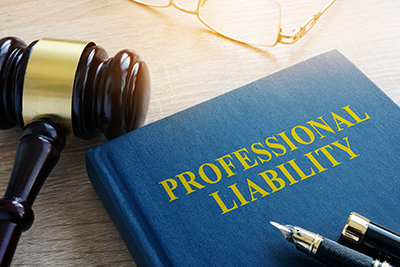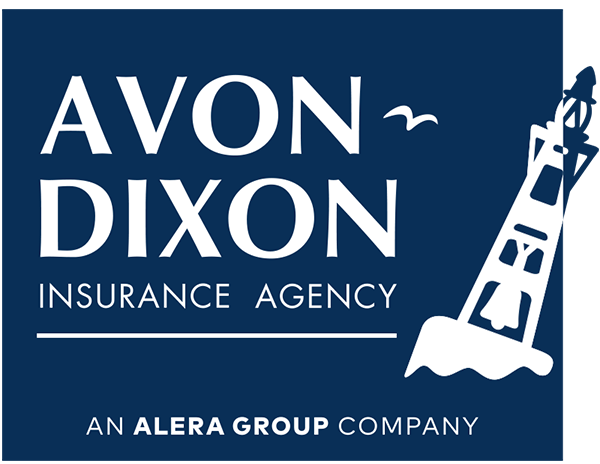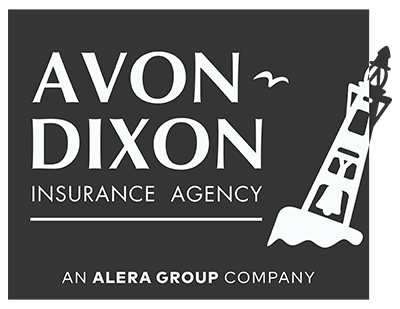 What keeps you awake at night? If you’re in the business of providing professional services, you’ve probably done some tossing and turning over the possibility of a professional liability lawsuit.
What keeps you awake at night? If you’re in the business of providing professional services, you’ve probably done some tossing and turning over the possibility of a professional liability lawsuit.
No matter how conscientious you are, no matter how good you are at your job, the services you provide expose you to potential litigation — whether you’re guilty of a professional error or omission or not. And in an increasingly litigious world, there’s no shortage of people willing to sue.
This recent headline appeared in The National Notary Bulletin, but it could have been directed to professionals of all kinds: “Can I get sued even if I didn’t do anything wrong?”
The answer, as you’ve no doubt surmised, is yes. And that’s why the lawyer who authored the Notary Bulletin article, former Los Angeles County Deputy District Attorney David Fleck, concluded with this advice: “Have Notary Errors and Omissions Insurance.”
“While most states don't require notaries to have Errors and Omissions Insurance, it’s still a good idea to get it,” Fleck wrote. “If you are sued, you will need to pay a lawyer to help you answer the suit. Simply saying, ‘I haven’t done anything wrong!’ won’t be enough to get a lawsuit dismissed – even if it's true. Under a Notary Errors and Omissions policy the insurer is contractually obligated to defend the notary in a lawsuit up to the limits of the policy.”
Substitute “attorney,” “doctor,” “real-estate agent,” “accountant,” “architect” or any number of other service professions for “notary,” and the advice would be the same. If you’re in the business of providing professional services, you need Errors and Omissions (E&O) Insurance — also known as Professional Liability Insurance, or “Malpractice Insurance” — to protect you against claims such as:
- Negligent acts
- Inaccurate advice
- Misrepresentation
- Breach of contract or failure to uphold contracted services
- Financial damages resulting from errors or omissions.
In addition, Professional Liability Insurance often includes carrier guidance through the defense process and coverage of defense costs, which can make a lawsuit extraordinarily expensive even for defendants who prevail in court.
How Much E&O Insurance Do I Need?
The formula for determining how much insurance coverage is advisable for protection against a professional liability lawsuit is simple. If you have, say, $50 million in assets, you should have coverage up to $50 million. The reason? An aggressive litigant may sue you for everything you own.
And, as evidenced by the rise in so-called nuclear verdicts, many such suits are successful.
As Risk & Insurance Magazine reported in its April 3, 2022 article “How the Latest Litigation Trends Are Leaving a Mark”: “The number of awards of more than $1 million has increased over time, reaching 12% of verdicts between 2016 and 2018, the (Medical Professional Liability) Association Data Sharing Project found. Additional data shows that the average verdict severity climbed by 50% between 2016 and 2019 to $23 million.”
One potential problem with insuring to the amount of your assets is cost. Like everything else, insurance is subject to inflation, and, thanks largely to the rise in nuclear verdicts as well as other factors, Professional Liability Insurance rates have risen sharply in recent years. So, the question now becomes, how much E&O can you afford?
Market Outlook Entering 2022
In December 2021, Alera Group published the Property and Casualty 2022 Market Outlook. Here’s what we had to say in the whitepaper’s section on Professional Liability Insurance: “The outlook for miscellaneous professional liability lines is mixed and depends upon profession and limits required.”
Generally, however, we saw Professional Liability Insurance market conditions for rates, availability, capacity and underwriting scrutiny as all trending unfavorably toward the buyer:
- “Pricing is expected to continue its escalation to cover inflation and increases in loss frequency and severity. Excess layer pricing increases will generally follow those of the primary coverages. Increased loss costs due to larger jury awards, judicial expansion of coverages, increased litigation and punitive damage awards have driven social inflation, which has become a significant driver of increased cost and coverage restrictions. Adding to the list of emerging risks is “environmental, social and governance” (ESG) responsibilities of executive management and boards of directors. Increasingly, stewards of a corporation’s investments will be called upon to view investments as more than tangible assets.
- “Availability will generally be contingent upon loss experience and meeting underwriters’ requirements. Professional Liability will be tested by how well it performs in the post COVID-19 environment, particularly with reactions to vaccination and mask mandates, the new economy after the pandemic and transitioning from work-at-home to a safe office environment.
- “Capacity generally will depend on loss experience and meeting underwriters’ requirements. For most insureds, available limits will be reduced between 20% and 50%, and multiple insurers will be required to layer sufficient limits to satisfy those needing more than $10 million limits. Many can also expect renewal pressures to restrict terms and conditions and increase deductibles-layer limits to satisfy limits requirements of more than $10 million.”
In addition, we foresaw rates increasing for higher coverage limits, due to reinsurance costs.
Since publication of the Market Outlook, conditions for Professional Liability Insurance/E&O have remained challenging, but there is light on the horizon.
The hard market for Property and Casualty Insurance — including for Professional Liability/E&O — began before the pandemic and the accelerated rise in inflation, in response to a surge in claims that took place amid the soft market that existed in the century’s first two decades. Because markets are cyclical and the insurance industry responded effectively to the rise in claims and decline in revenue ahead of the worldwide rise in inflation, the P&C market is likely to be out in front on improving conditions for the insurance consumer.
In fact, we’re already seeing increased stability for Professional Liability Insurance, with rate increases flattening and both availability and capacity improving, especially for clients with a favorable claim history and ability to meet underwriter requirements. Those requirements are certain to remain stringent, however, so even when the market does soften, making a strong presentation to underwriters will continue to be of critical importance.
What You Can Do
Among the effects of the COVID-19 pandemic have been the widespread adoption of work-from-home and hybrid work arrangements, the delivery of services by varying means and the introduction of new services to meet the needs of a post-pandemic world. These changes to the work environment have introduced or increased risks – work-from home distractions, home service-delivery exposures, the introduction of new services, staff shortages and/or inexperience resulting from the Great Resignation – that can result in costly professional liability claims.
Don’t let down your guard! Robust risk management policies and procedures are more vital than ever – as is working closely with your insurance agent or broker to keep your policies up to date and free of gaps in coverage. Working with an insurance professional who knows your industry and your business — and who has E&O expertise — is the best way to protect yourself against professional liability claims.
Quick Advice and Webinar: Additional Insured Endorsements
One service a qualified agent or broker will provide is contract review with regard to insurance requirements, an essential component of risk management for all professionals. The Additional Insured endorsement is likely the most misunderstood coverage required by clients and companies you interact with in your day-to- day business activities. A knowledgeable, diligent agent or broker will pick up on a gap or exposure that can be addressed with additional coverage, such as an Additional Insured endorsement to a General Liability policy.
An Additional Ensured endorsement extends coverage to an individual or group not originally named in the policy, enabling that individual or group to file a claim if they’re sued in relation to services you’ve provided. On May 12, 2022, Alera Group hosted a webinar on this important subject, “Navigating Additional Insured Endorsements,” which is now available in a recording.
Topics of discussion include:
- Ongoing vs. completed operations
- The evolution of ISO Additional Insured forms
- Coverage triggers
- Primary noncontributory
- Transfer of rights recover (waiver subrogation)
- Horizontal vs. vertical risk transfer
- Other common endorsements.
To view the webinar, click on the link below and submit a brief form.
About the Author
Joel Jarvis
Producer
Alera Group
Joel Jarvis specializes in Property and Casualty Insurance including Professional Liability, Errors and Omissions Insurance, and Directors and Officers coverage for Boards of Directors and Executives. He has extensive experience developing programs for attorneys and for clients in the transportation, hospitality, nonprofit and construction industries. He has more than 20 years of experience in the insurance industry in addition to seven years as an internal accountant, and has an extensive resume of service on boards/committees of nonprofit organizations and legal organizations.
Contact Information:
- joel.jarvis@aleragroup.com
- (702) 304-7839
- Connect with Joel on LinkedIn




